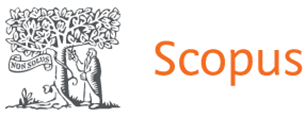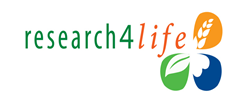Пейзаж та його функції в оповіданнях Михайла Коцюбинського “Ялинка” та Олени Пчілки “Сосонка”
DOI:
https://doi.org/10.15330/jpnu.8.1.148-154Ключові слова:
виховання, учні, інтеграція, синтез мистецтв, художня література, пейзаж, оповідання, заголовок, образ, деталь, пейзаж, контраст, символ, сюжет, проблематикаАнотація
У статті доведено, що реалізація комплексного підходу до естетичного виховання учнів в НУШ передбачає поряд із традиційним викладанням дисциплін їх інтеграцію, зокрема в рамках гуманітарного, мистецького циклу. “Концепція художньо-естетичного виховання учнів у загальноосвітніх навчальних закладах” вказує на потребу врахування міжпредметних, міжгалузевих зв’язків у межах сучасної шкільної освіти, адже навчально-виховні процеси забезпечують як раціональне, так і естетично-емоційне осмислення явищ навколишньої дійсності. У статті звернуто увагу на те, що поняття пейзаж є міждисциплінариним і використовується в різних сферах мистецтва, зокрема літературі, яка впливає на формування особистості, допомагає отримати певні знання про особливості навколишнього середовища, взаємоз’язки людини і природи. Детально проаналізовано функції пейзажів у дитячих оповіданнях Михайла Коцюбинського “Ялинка” і Олени Пчілки “Сосонка”. Звернуто увагу на суголосність назв художніх творів. Доведено, що титли імпліцитно окреслюють час дії, проектуються на сюжет. Для творчої манери Олени Пчілки та М. Коцюбинського властиве “оживлення” природи. На фоні зимових пейзажів письменники відображають життя різних верств населення, звичаї та традиції, пов’язані з Різдвом. Вказано, що пейзажі виконують як зображальну, так і характерологічну функцію. Описуючи підготовку до Різдва, письменники вдаються до використання контрастів, що допомагає оприявнити соціальну проблематику. У обох творах символічним маркером багатства/бідності виступає ялинка/сосонка. Описи зимової стихії викликають трагічні передчуття. Емоційність розповіді підкреслює обірваність фраз, накопичення окличних та питальних конструкцій. Доведено, що пейзажі передають внутрішні переживання героїв, які щасливо проходять усі випробування і повертаються додому. Вдаючись до синтезу мистецтв, використовуючи наочні матеріали, музичний супровід, вчителі можуть розвивати асоціативне мислення учнів, вчити комплексно аналізувати інформацію. Аналізуючи оповідання Михайла Коцюбинського “Ялинка” та Олени Пчілки “Сосонка”, учні розглядають не тільки тематику та проблематику, а осмислюють процеси взаємодії людини з природою, що служить формуванню гуманного ставлення до навколишнього середовища, розвиває естетичні почуття.











